This can also be considered a positive sign that the marine environment is reviving. However, behind that joy lies a great deal of concern. Experts warn that the spontaneous wave of tourism with the massive appearance of boats, canoes and uncontrolled fish-watching tours can cause whales to become stressed, leave, and even be in danger if they run aground...
This worrying situation does not only occur in Gia Lai. A scientific report said that in Khanh Hoa, the locality with the longest coastline in the country with famous bays such as Van Phong, Nha Trang, Cam Ranh..., more than 190 coral reefs have been recorded to have disappeared in just the past two decades. The cause comes not only from climate change, environmental pollution, overexploitation of seafood or land reclamation for construction, but also from uncontrolled tourism activities.
The situation of anchored boats breaking corals, tourists trampling while diving, wastewater from coastal resorts being discharged directly into the sea, or tourism overload beyond the capacity of the environment have gradually exhausted the "hearts" of the ocean, the habitat of thousands of species of living things. This is too high a price for the unplanned development process, when short-term economic growth and tourism overwhelm the vision of preserving long-term natural values. When the ecosystem is damaged, the tourism industry seems to "destroy" itself.
Faced with such worrying signals, the concept of “Zero Footprint Tourism” is emerging as a necessary and urgent direction. This is a tourism model that aims to minimize negative impacts on the environment, from limiting emissions and waste, to preserving nature, supporting local communities...
The good news is that Vietnamese tourists’ awareness is changing in a positive direction. According to Booking.com’s Travel and Sustainable Development 2025 report, 62% of Vietnamese tourists consider sustainable tourism an important criterion when choosing a destination, and up to 90% want to choose environmentally friendly activities. Tourists no longer want to just “enjoy” the landscape, but want to become companions of nature, those who contribute to protecting, regenerating and honoring indigenous values.
Grasping this trend, many localities have effectively implemented green tourism models: tours to see turtles laying eggs in Con Dao, exploring Phong Nha - Ke Bang caves, farming tours in Tra Vinh, forest bathing in Dong Nai... These experiences not only attract high-end international visitors but also domestic visitors who are willing to pay higher prices for responsible tourism.
To realize the goal of sustainable tourism development, in addition to community awareness, a clear policy system and a strong enforcement mechanism are needed. We cannot continue to do things in a “quick and dirty” manner, so that when nature is exhausted, tourism will also “die”.
If implemented in the right direction, sustainable tourism not only helps protect the environment but also improves the quality of experience. That is when tourism becomes a journey of deep connection between people and nature, between the present and the future. Vietnam can absolutely learn from the models of “green passport”, “green tour”, “sustainable destination” to build a serious and internationally competitive eco-tourism brand.
The strategy of Vietnam’s tourism industry today is no longer “how to do tourism to attract tourists”, but how to ensure that after 10 years, whales will still return to the sea, coral reefs will still be vibrant, and local communities will still be prosperous? That is not just a choice, but a responsibility.
Source: https://www.sggp.org.vn/de-ca-voi-van-ve-bien-post803311.html



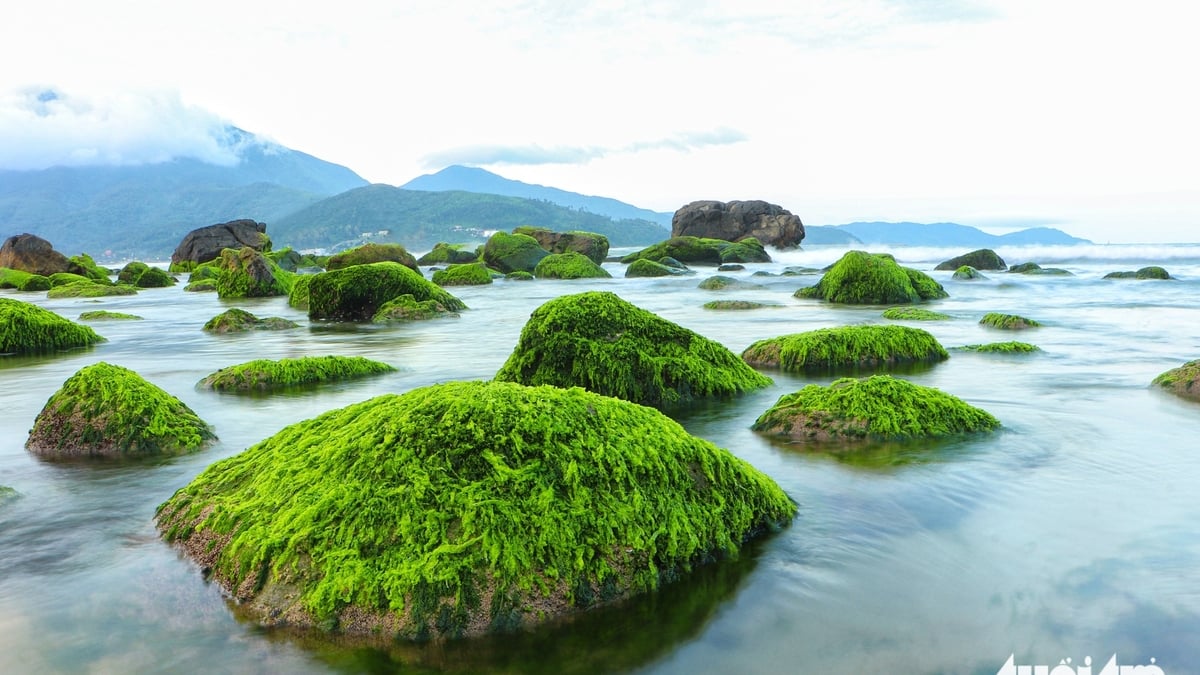
![[Photo] General Secretary To Lam attends the opening ceremony of the National Achievements Exhibition](https://vphoto.vietnam.vn/thumb/1200x675/vietnam/resource/IMAGE/2025/8/28/d371751d37634474bb3d91c6f701be7f)
![[Photo] National Assembly Chairman Tran Thanh Man holds talks with New Zealand Parliament Chairman](https://vphoto.vietnam.vn/thumb/1200x675/vietnam/resource/IMAGE/2025/8/28/c90fcbe09a1d4a028b7623ae366b741d)



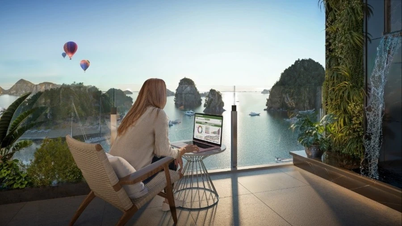



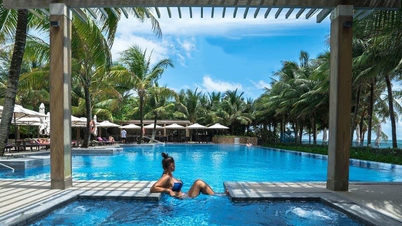



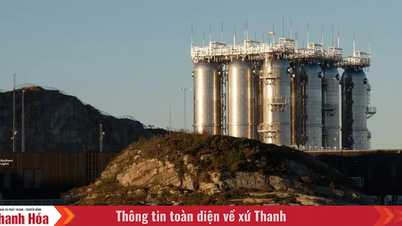









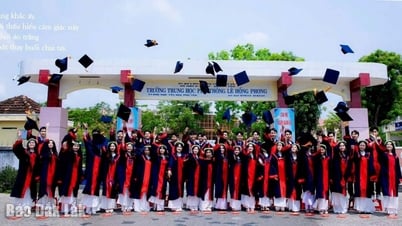













![[Photo] Images of the State-level preliminary rehearsal of the military parade at Ba Dinh Square](https://vphoto.vietnam.vn/thumb/1200x675/vietnam/resource/IMAGE/2025/8/27/807e4479c81f408ca16b916ba381b667)
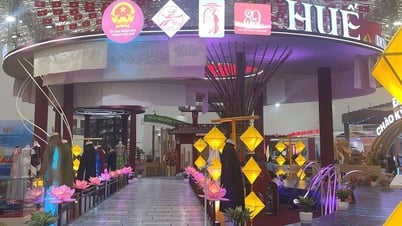

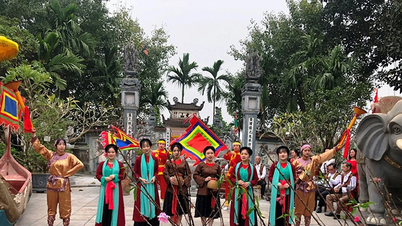

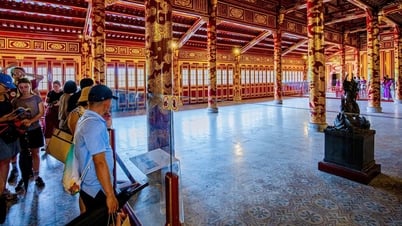

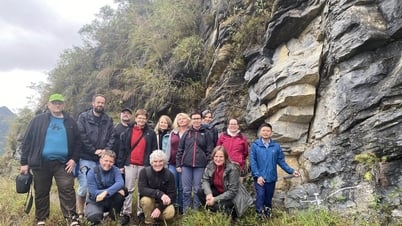

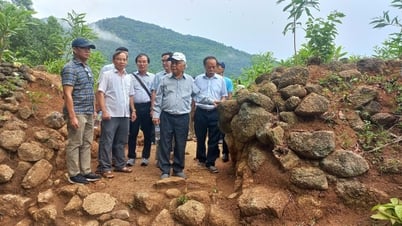
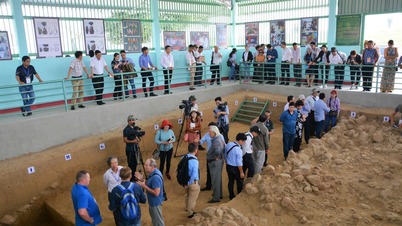










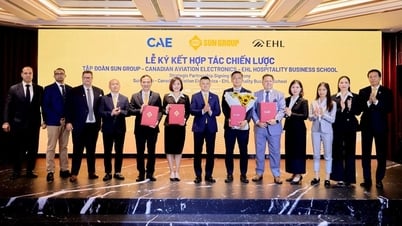


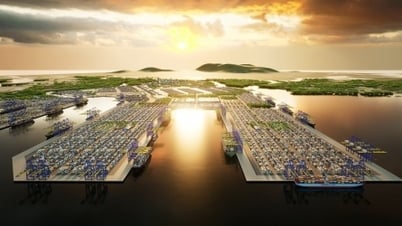
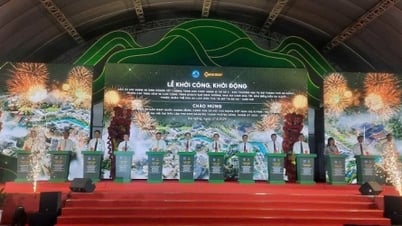
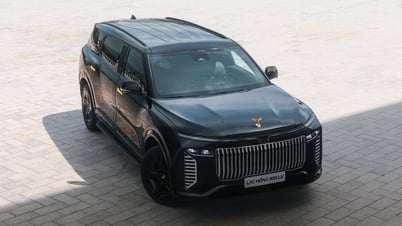
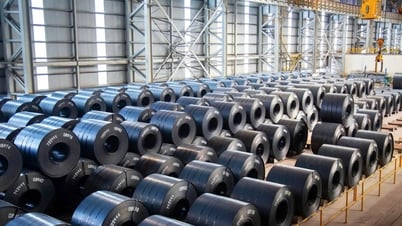


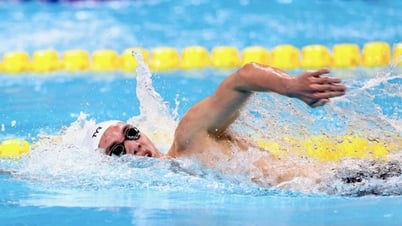





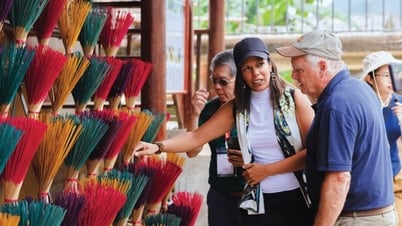



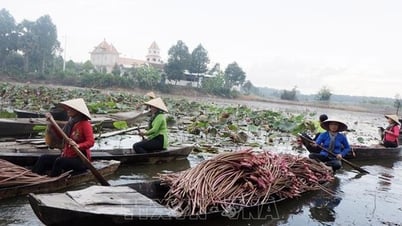

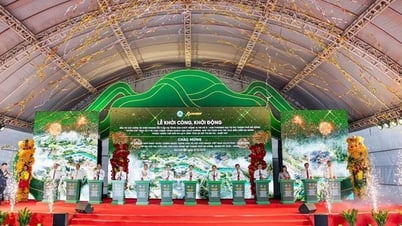


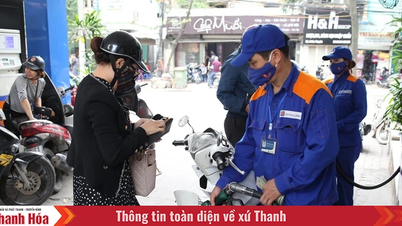


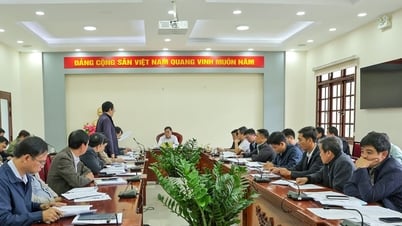


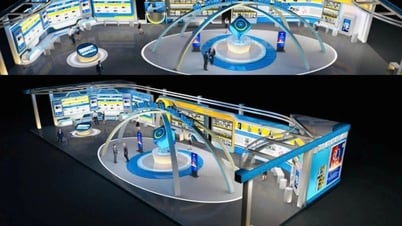








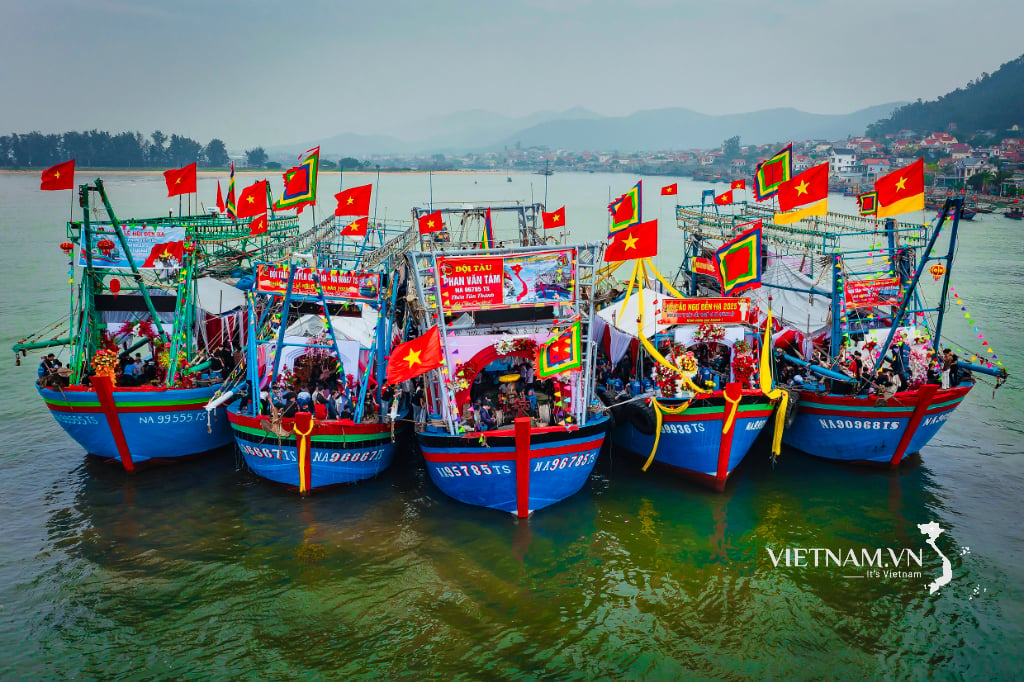


Comment (0)